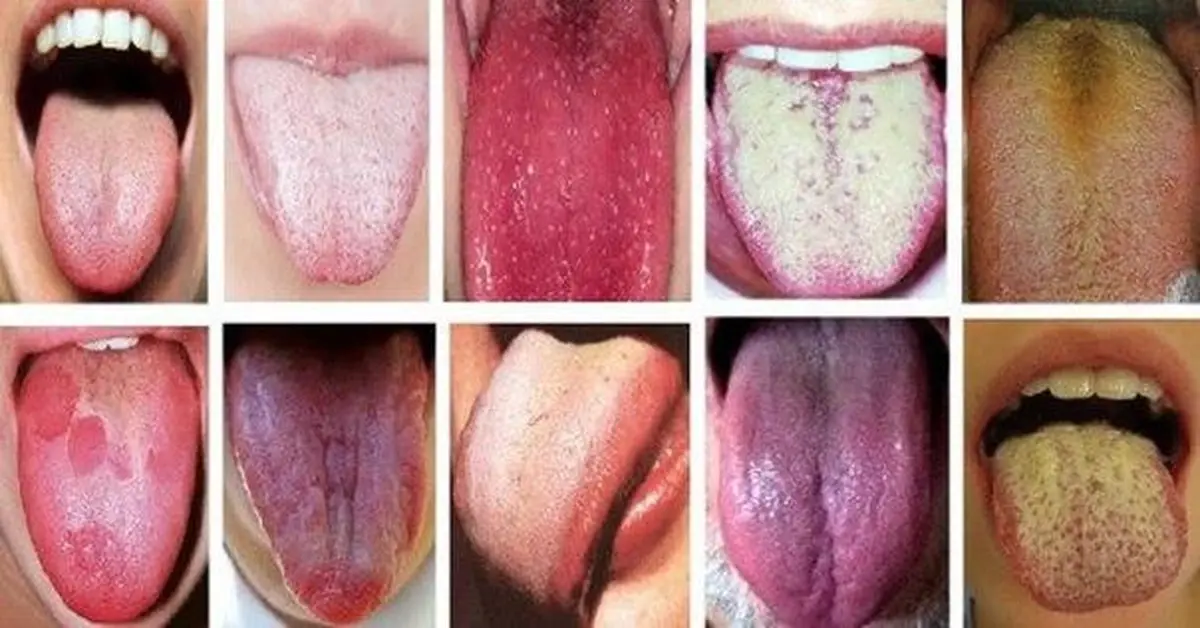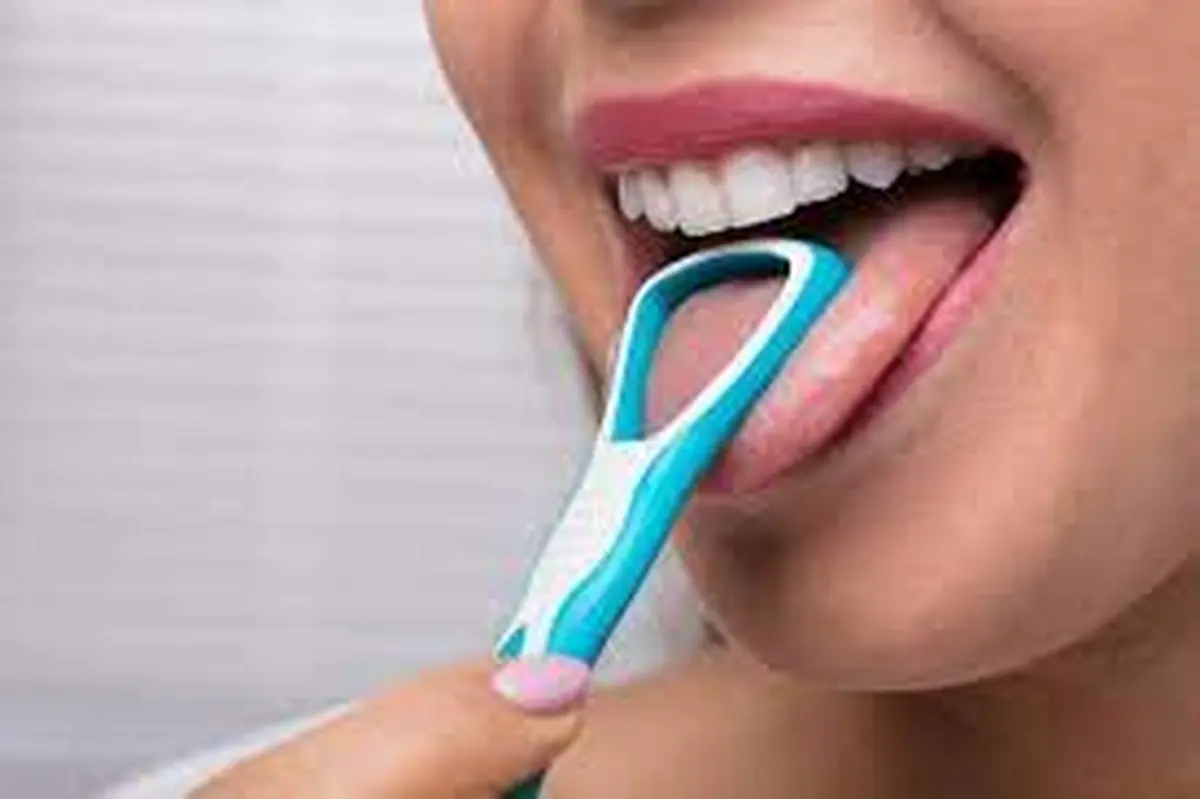 Doctors have revealed what a should look like, discussed diseases that can manifest through changes in the tongue’s appearance, and provided tips on what to look for when you glance in the mirror.
Doctors have revealed what a should look like, discussed diseases that can manifest through changes in the tongue’s appearance, and provided tips on what to look for when you glance in the mirror.
Symptoms and Diagnosis
The texture and are considered indicators of the body’s condition by medical professionals. A healthy tongue in youth typically has a pink hue and a slightly rough surface. As we age, the tongue darkens, and any color changes can indicate specific health issues. What exactly should you be aware of?
Symptoms – by tongue color:
- A pale tongue may signal poor nutrition, anemia, or cardiovascular issues (such as heart failure and weak circulation);
- A yellow tongue is a sign of chronic gastrointestinal disorders;
- A green tongue may indicate possible dysbiosis, liver issues, or gallbladder problems;
- A brown tongue can arise from dysbiosis or bleeding in the oral cavity;
- A red tongue might suggest vitamin deficiency;
- A bluish tongue can occur with kidney failure;
- A purple tongue may be associated with blood or respiratory diseases, as well as a deficiency in vitamin B2;
- A maroon tongue could indicate an infectious disease;
- A black tongue may signal acidosis, dysentery, viral infections, or diseases of the pancreas, gallbladder, liver, or spleen.

What Coating Can Reveal:
- A white coating on the tongue may indicate a fungal infection (such as oral thrush);
- A gray coating appears when bacteria accumulate in the grooves of the taste buds and other areas of the mouth;
- A yellow coating on the tongue can be a symptom of liver or gastrointestinal tract issues;
- A blue-tinged coating may result from poisoning or circulation problems.
However, not all coatings warrant a doctor’s visit. For instance, a white coating on the tongue (whether solid or in patches) can appear in otherwise healthy individuals during the colder months and is not a cause for concern if it’s minimal. Worry may arise if the white coating thickens or darkens gradually, as this could indicate an infection that requires treatment. A yellow coating, depending on its intensity, can be either a pathology or normal (for example, if it appears due to heat).
Decoding the Tongue’s ‘Map’
When a patient shows their tongue to a doctor, they provide a tool for diagnosis: it’s no coincidence that medical professionals refer to this organ as the body’s “map,” as it reflects our health status. If there are no issues, the tongue will not exhibit the following symptoms.
Signs of Trouble:
- A coating on the front part of the tongue may indicate heart, lung, or liver diseases;
- Foam on the front of the tongue could be a sign of chronic bronchitis, respiratory allergies, or other stagnation in the chest area;
- Changes in the texture or color of the middle part of the tongue may point to potential issues with the stomach, pancreas, or spleen;
- A coating at the root of the tongue may result from problems in any section of the ;
- Changes on the sides of the tongue may indicate possible kidney issues;
- Persistent bite marks on the sides of the tongue suggest poor nutrient absorption;
- Chronic redness at the tip of the tongue is a characteristic sign of heart problems;
- Red spots near the tip of the tongue may indicate pneumonia or asthma.

Significance of Texture Changes, etc:
- Cracks on the tongue may indicate vitamin deficiencies and potential stomach issues;
- Swelling and thickening may suggest thyroid problems;
- Dryness of the tongue can signal dehydration, anemia, or diabetes;
- Trembling of the tongue is a sign of thyrotoxicosis or neurasthenia.
Thus, the color of the tongue, coating, swelling, or cracks can provide valuable information about health, indicating issues with the digestive, cardiovascular, respiratory, or nervous systems. Changes in the texture and color of the tongue should be viewed as warning signals, and for an accurate diagnosis, a visit to the doctor is necessary. By the way, it’s important to prepare the tongue for examination by cleaning it with a soft toothbrush or a special scraper.
Tongue Care
Doctors recommend caring for your tongue as regularly as you do for your teeth, as bacteria accumulate on it, leading to coating, bad breath, and potential dental and gum diseases.
Benefits of Tongue Cleaning:
- Helps combat halitosis (the medical term for bad breath) caused by coating on the tongue;
- Removes or reduces the number of harmful microorganisms that accumulate in the taste buds;
- Prevents the formation of tartar (which is encouraged by coating);
- Tongue massage activates taste receptors and stimulates the function of internal organs.

How to Properly Clean Your Tongue:
- You can use a soft-bristled toothbrush, a special scraper, or a tongue spoon;
- Start by brushing your teeth, then move on to your tongue;
- Make sure to move in one direction: gently “sweep” the surface of the tongue from the root to the tip;
- Avoid side-to-side movements that could injure the tongue;
- Control the pressure to avoid damaging the mucous membrane;
- Rinse the tool after each stroke;
- At the end of the hygiene routine, rinse your mouth with water or a mouthwash.
This hygiene practice should be done daily, after brushing your teeth, both in the morning and evening.
Photo: Unsplash
